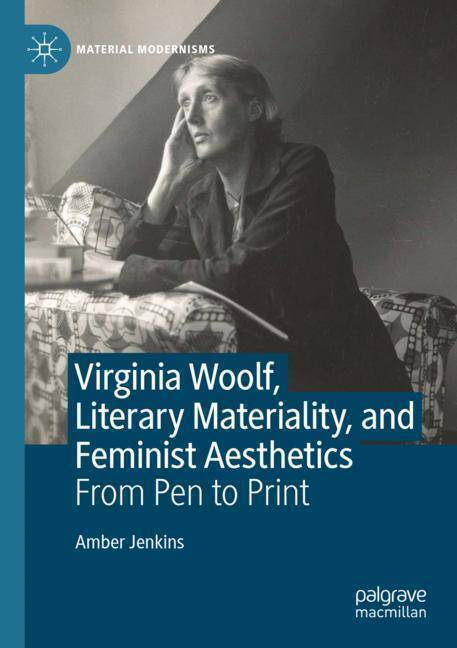
Door een staking bij bpost kan je online bestelling op dit moment iets langer onderweg zijn dan voorzien. Dringend iets nodig? Onze winkels ontvangen jou met open armen!
- Afhalen na 1 uur in een winkel met voorraad
- Gratis thuislevering in België vanaf € 30
- Ruim aanbod met 7 miljoen producten
Door een staking bij bpost kan je online bestelling op dit moment iets langer onderweg zijn dan voorzien. Dringend iets nodig? Onze winkels ontvangen jou met open armen!
- Afhalen na 1 uur in een winkel met voorraad
- Gratis thuislevering in België vanaf € 30
- Ruim aanbod met 7 miljoen producten
Zoeken
€ 116,45
+ 232 punten
Uitvoering
Omschrijving
This book interrogates the relationship between the material conditions of Woolf's writing practices and her work as a printer and publisher at the Hogarth Press. In bringing to light her embodied literary processes, from drafting and composition to hand-printing and binding, this study foregrounds the interactions between Woolf's modernist experimentation and the visual and material aspects of her printed works. By drawing on the field of print culture, as well as the materialist turn in Woolf scholarship, it explores how her experience in print, book-design and publishing underlines her experimental writing, and how her literary texts are conditioned by the context of their production. This book, therefore, provides new ways of reading Woolf's modernism in the context of twentieth-century print, material, and visual cultures. By suggesting that Woolf's work at the Hogarth Press sensitized her to the significant role the visual aspects of a text play in its system ofrepresentation, it also considers the extent to which materiality informs both her work, as well as her engagement with Bloomsbury formalist aesthetics, which often exaggerate the distinction between visual and verbal modes of expression.
Specificaties
Betrokkenen
- Auteur(s):
- Uitgeverij:
Inhoud
- Aantal bladzijden:
- 205
- Taal:
- Engels
- Reeks:
Eigenschappen
- Productcode (EAN):
- 9783031324932
- Verschijningsdatum:
- 3/09/2024
- Uitvoering:
- Paperback
- Formaat:
- Trade paperback (VS)
- Afmetingen:
- 148 mm x 210 mm
- Gewicht:
- 301 g

Alleen bij Standaard Boekhandel
+ 232 punten op je klantenkaart van Standaard Boekhandel
Beoordelingen
We publiceren alleen reviews die voldoen aan de voorwaarden voor reviews. Bekijk onze voorwaarden voor reviews.











